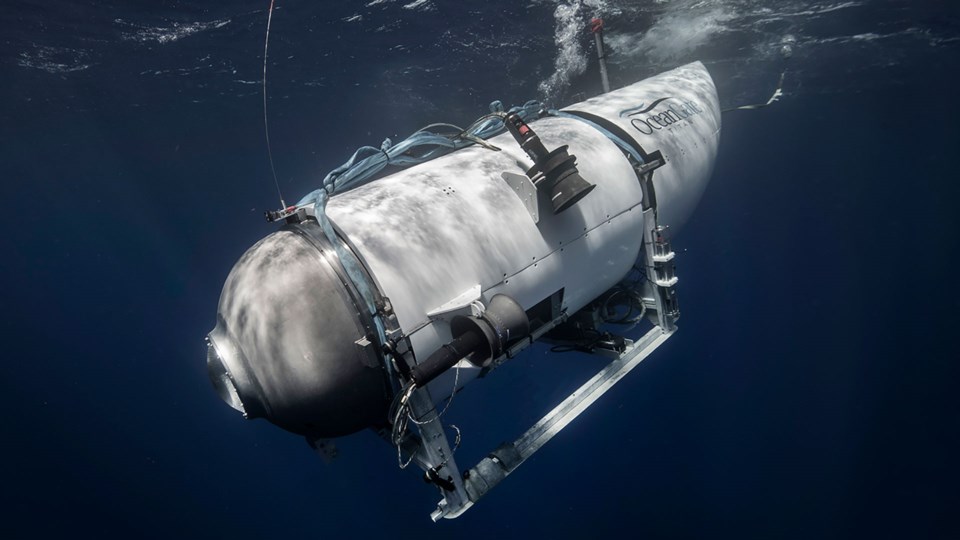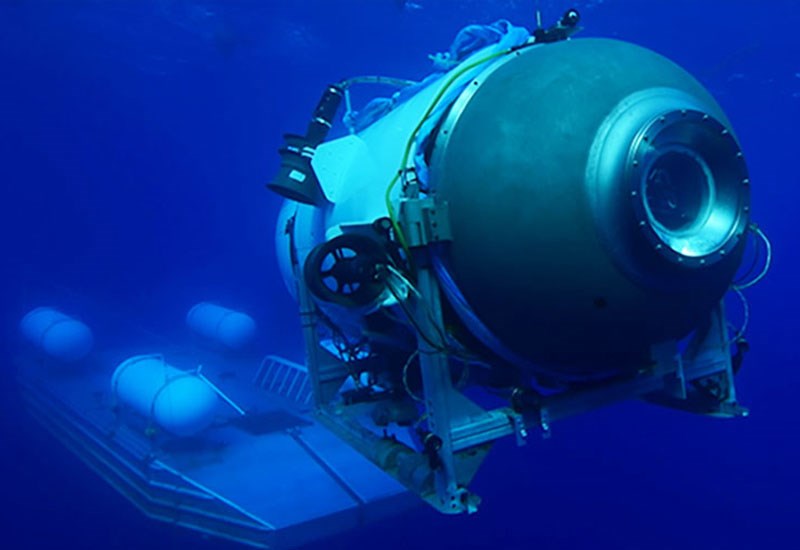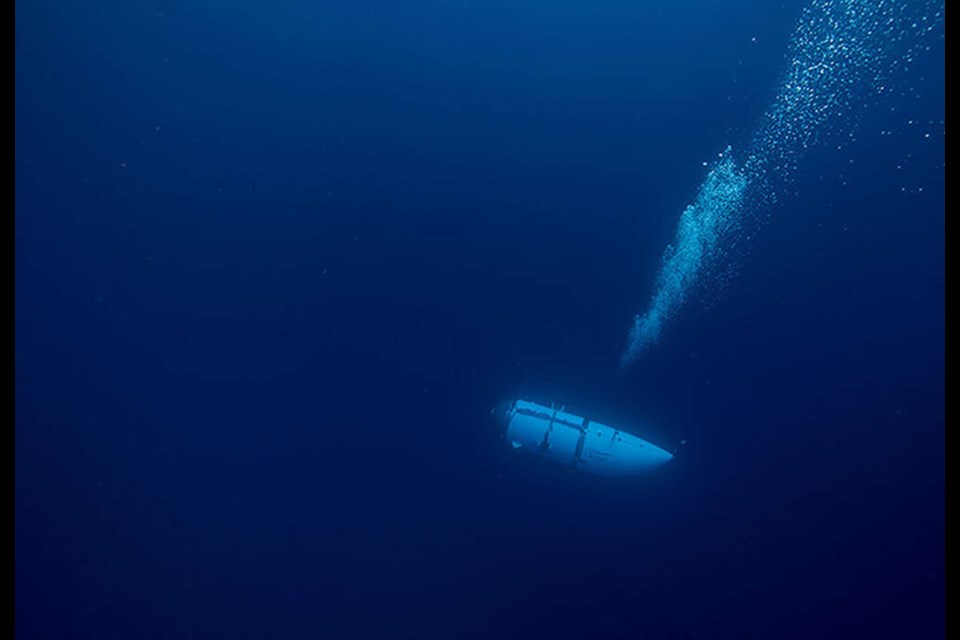Years before the Titan submersible made its doomed final journey to the wreck of the Titanic, diving experts at North Vancouver’s Nuytco Research warned OceanGate founder Stockton Rush his experimental submersible plans weren’t safe and told him not to proceed.
Rush, the CEO of the company which made the experimental sub and one of the five people who died in it this week when it imploded underwater, met with Nuytco founder Phil Nuytten and chief submersible pilot Jeff Heaton many years before this week’s expedition ended tragically, said Heaton.
“We had meetings with Stockton here at our shop in North Van many years ago,” said Heaton.
While Rush didn’t disclose that he planned to go to the Titanic, “He was talking about designing a deep-water submarine to go to great depths” with an experimental carbon fibre hull, said Heaton.
“We listened to what he had to say. We said ‘That’s not a good idea. We don’t agree with how you intend to do that. That’s not safe.’”
Rush told the local experts he was trying to innovate and push the industry forward.
Heaton said he and Nuytten both told Rush there were safer ways to do that and implored him not to go ahead with his plans. When Rush insisted, the local company refused to be involved any further, said Heaton, telling Rush, “We’re not going to be a part of it.”
This week, it was revealed that the warnings from the Canadian submersible experts, among the pioneers of submersible diving craft, were among many that had been issued by leading experts with similar concerns in recent years.
“Multiple times people from our industry had asked them to do proper testing,” said Heaton. “They refused. Their own employees asked them not to do this.”
Submersible imploded in deep ocean
On Thursday, remote-operated undersea vehicles discovered pieces of the ill-fated submersible on the sea floor near the Titanic wreck, indicating the sub had been destroyed in a catastrophic implosion. Authorities said the five people aboard would have died instantly.
The news came after an exhaustive search for the submersible gripped the world for several days after the submersible abruptly lost all contact with a surface vessel and disappeared while descending 13,000 feet to the wreck of the famous ocean liner June 18.
It was later revealed that the US Navy had picked up an underwater sound “anomaly” consistent with an implosion.
Heaton said those in the submarine industry had got wind of that last week and suspected the possible cause.
“It doesn’t make it any easier once you get verification that your worst fears have been realized,” he said. “It’s still horrible.”
When he saw reports that a square piece of white floating debris had been spotted in the Atlantic, Heaton said he knew that at least part of the sub had imploded.
The white object would have been syntactic foam typically used to add buoyancy to deep water submersibles, he said.
Heaton said when the hull failed, it would have imploded inwards under the force of tremendous pressure.
“Their deaths would have been instantaneous,” he said.

Industry is safe, if rules followed, says submersible pilot
Heaton said since the fate of the submersible became known, he’s followed the suggestion that the industry needs more regulation. Heaton said he feels the industry is well-regulated, but OceanGate was an outlier in not following the rules.
“They chose not to follow the standard engineering practices of our industry. They chose not to follow the codes for design and construction of submersibles. They did not do adequate testing.”
There have been many manned expeditions to the Titanic since the wreck was discovered in 1985.
But all other submersibles are built to class and certified by a marine classification company, he said.
Heaton acknowledged it’s difficult to tell if all the passengers knew what risks they were taking, even after signing waiver forms. “Most people don’t understand the physics and the design behind what we do,” he said. “You should have the expectation that due diligence has been done.”
One of the people on board the submersible, Paul-Henri Nargeolet, is a submersible pilot who is “very well respected in the industry” and had taken submersibles to the Titanic more times than anyone else, said Heaton, who met Nargeolet and spoke with him.
“He was a passionate guy and an advocate for the manned submersible industry.”
Heaton acknowledged for those in the industry, it’s been an intense week. “I get questions from my family, ‘Is this going to happen to you?’” he said.
Heaton said he is still confident the industry is safe. “We’re a highly regulated industry,” he said. “We are safe. If you follow the rules”




